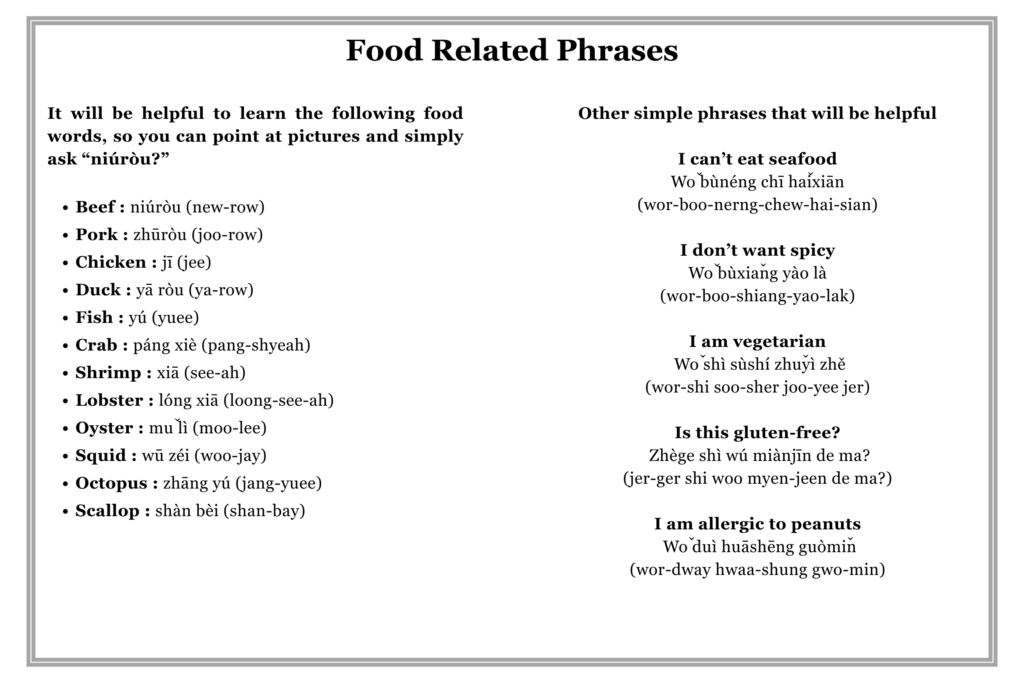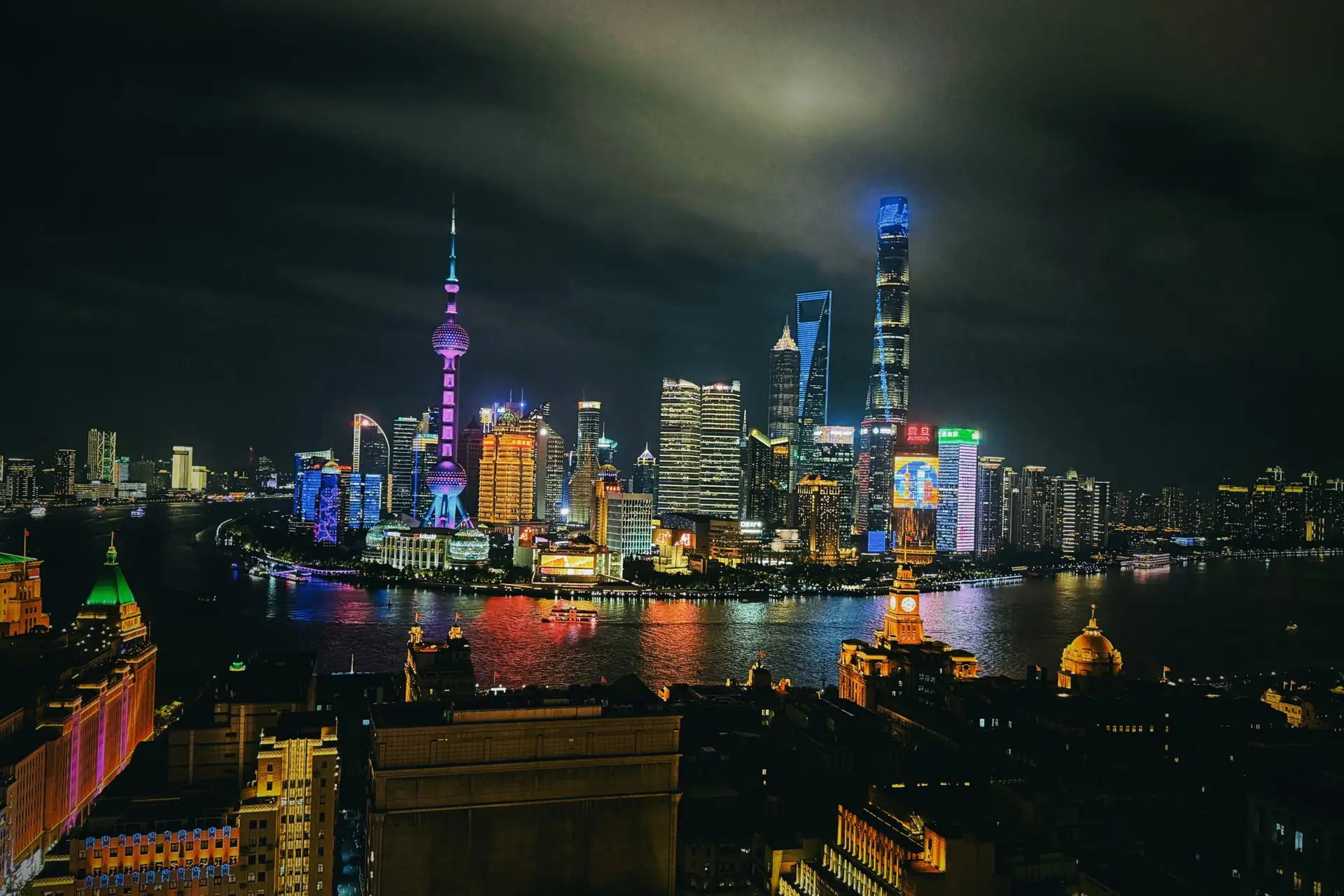Shanghai was an unexpected surprise. Although it wasn’t my first choice, a work trip led me to explore the third-largest city in the world (and the largest in China). Having previously encountered thick smog and confusion during a brief layover in Beijing some years ago, I came better prepared this time. Known as the “Pearl of the Orient,” Shanghai is a dynamic metropolis with a rich blend of history and modernity. Here’s everything you need to know for a seamless trip.
Best Time to Visit Shanghai
Shanghai experiences four distinct seasons, each offering a different travel experience. Choosing the best time to visit depends on your preferences for weather, crowd levels, and activities.
Spring (March–May)
- Mild weather (10°C–25°C / 50°F–77°F) with blooming cherry blossoms.
- Ideal for sightseeing with fewer crowds than summer.
Summer (June–August)
- Hot and humid (30°C+ / 86°F+) with frequent rain and typhoons.
- Peak tourist season; best for night river cruises.
Autumn (September–November)
- Comfortable temperatures (11°C–25°C / 52°F–77°F) with clear skies.
- September is quiet; October is busy due to Golden Week.
I visited from late October to early November—just after typhoon season (June–October). A few weeks prior to my arrival, Shanghai faced its largest typhoon since 1949. Fortunately, I experienced mostly sunny weather with temperatures ranging from 11°C to 22°C (52°F–72°F), making it a comfortable time to explore.
Winter (December–February)
- Cold (0°C–10°C / 32°F–50°F) with occasional snowfall.
- Great for budget travelers and enjoying winter delicacies.
Peak & Off-Peak Travel Periods
- Golden Week (October 1–7): Expect crowded attractions and high prices.
- Chinese New Year (January/February): Cultural events but many closures.
- Off-Peak (November–March, except holidays): Fewer crowds and lower costs.
Payment Methods in Shanghai
Mobile payments dominate Shanghai, making it essential to set up WeChat Pay or Alipay before your visit. While I carried 500 CNY in cash, many establishments preferred mobile transactions, and some even lacked change for cash payments. Preparing in advance will save you time and hassle.
For a step-by-step guide on setting up these payment apps, check out this article.
Airports in Shanghai
Shanghai is served by two major airports:
Pudong International Airport (PVG)
- Located 30 km east of the city center.
- Handles around 60% of Shanghai’s air traffic.
- Well-connected via the Shanghai Maglev Train and Metro Line 2.
Hongqiao International Airport (SHA)
- Situated 13 km west of downtown.
- Primarily serves domestic flights with limited international routes.
- Convenient for travelers taking domestic flights within China.
Both airports offer essential services and connectivity for a smooth arrival and departure.
Transportation Options
Shanghai has an efficient transportation system, making it easy to navigate:
Shanghai Metro
- One of the world’s largest metro systems, with 20 lines.
- Affordable fares (typically under 8 yuan / $1.10).
- Operates from 5:30 AM to 11 PM.
Buses & Ferries
- Over 1,100 bus routes with fares around 2 yuan ($0.30).
- Huangpu River ferries connect Pudong and Puxi for 2 yuan.
Taxis & Ride-Sharing
- Taxis are widely available, though many drivers prefer cashless payments.
- Didi, China’s ride-sharing app, is a reliable alternative. The app is accessible within WeChat and Alipay app.
Bike-Sharing
- An eco-friendly way to explore the city with convenient rental stations.
Navigating Shanghai Without Google Maps
Without Google Maps, navigating Shanghai can be tricky. Apple Maps is a reliable alternative, while Amap (高德地图) is the go-to for locals.
During my trip, I found that major attractions were easy to locate, but searching for specific shops or restaurants was a challenge. Many addresses I found on YouTube or blogs were not correctly mapped. I learned a few useful tricks:
- Taking screenshots of locations from videos and blog posts helped me compare addresses.
- Using Google Translate to decipher Chinese text from online maps was useful.
- Searching for locations on Chinese blogs and then cross-referencing them with Amap made navigation easier.
It took patience, but with these strategies, I managed to get around smoothly. If I could figure it out, so can you!
Learning Basic Mandarin
While my Mandarin skills are basic at best—having picked up some phrases through friends since young—knowing a few handy words can enhance your experience in Shanghai.
Fun Fact: I was in the Mandarin session in kindergarten because I couldn’t wake up early for the English session!
Learning a few key Mandarin phrases can make transactions, asking for directions, and casual chats with locals much smoother and more enjoyable. You can find some useful examples in the image provided.


Internet Access & VPNs
Google services are restricted in China, so using a VPN is necessary to access Gmail, Google Maps, and other sites. If you’re a Singapore resident, activating telco roaming or purchasing an eSIM can provide hassle-free connectivity.
Conclusion
Shanghai exceeded my expectations with its efficient transportation, cultural vibrancy, and modern attractions. Whether you’re exploring historic sites or indulging in its renowned cuisine, the city offers something for every traveler. Planning ahead will enhance your experience, allowing you to fully enjoy this dynamic destination.
Stay tuned for my upcoming article on What to See and Do in Shanghai, where I’ll share must-visit attractions and unique experiences in the city!
